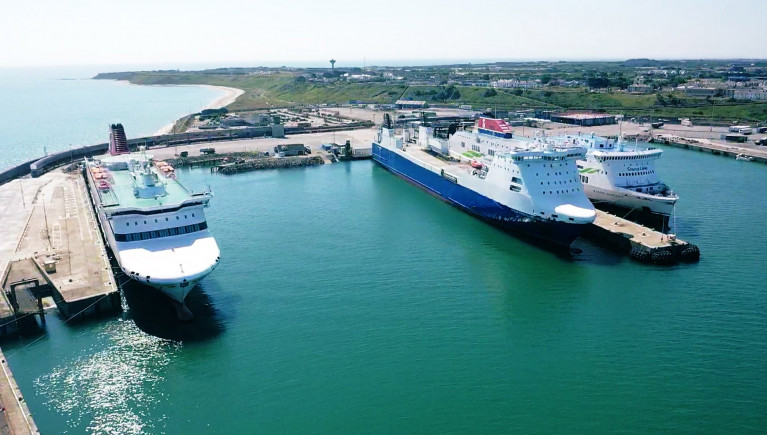Displaying items by tag: Direct to Europe
Traffic from lorry freight on ferries with British ports dropped 22 per cent last year due to new post-Brexit checks on EU-UK trade, a report from the Irish Maritime Development Office has found.
The Government agency that promotes Irish shipping services said that a combination of a rebound in demand in port traffic as Covid-19 restrictions were eased and new post-Brexit border controls led to a year of “significant change” in roll-on, roll-off (ro-ro) lorry freight traffic.
Traffic on direct routes between Irish ports and mainland Europe rose 94 per cent last year, driven largely by reduced use of the “landbridge” route across Britain with continental Europe.
New border checks on trade between Ireland and Britain as Brexit came into effect led to “unprecedented increases” in ro-ro and container shipping volumes on direct routes with Europe.
The post-Brexit border controls on Irish-British trade through ports in the Republic led to the redirection of Northern Irish traffic from ports in the Republic to Belfast, Larne and Warrenpoint.
For further reading, The Irish Times has more in addition the report from the IMDO website can be downloaded here.
























































